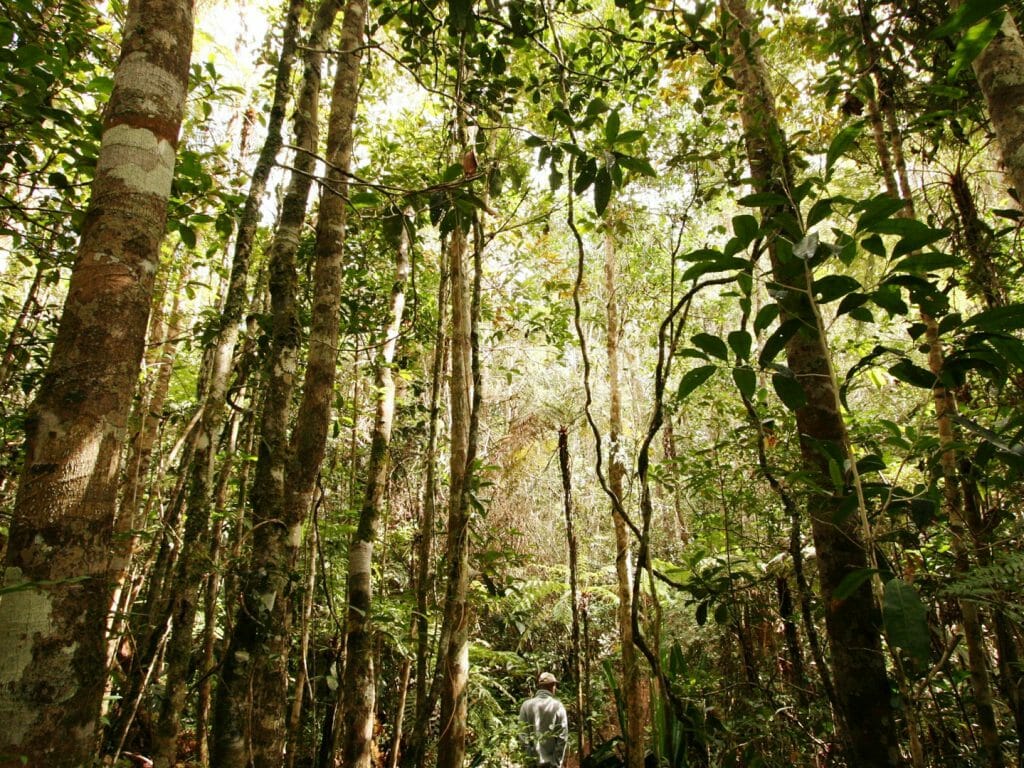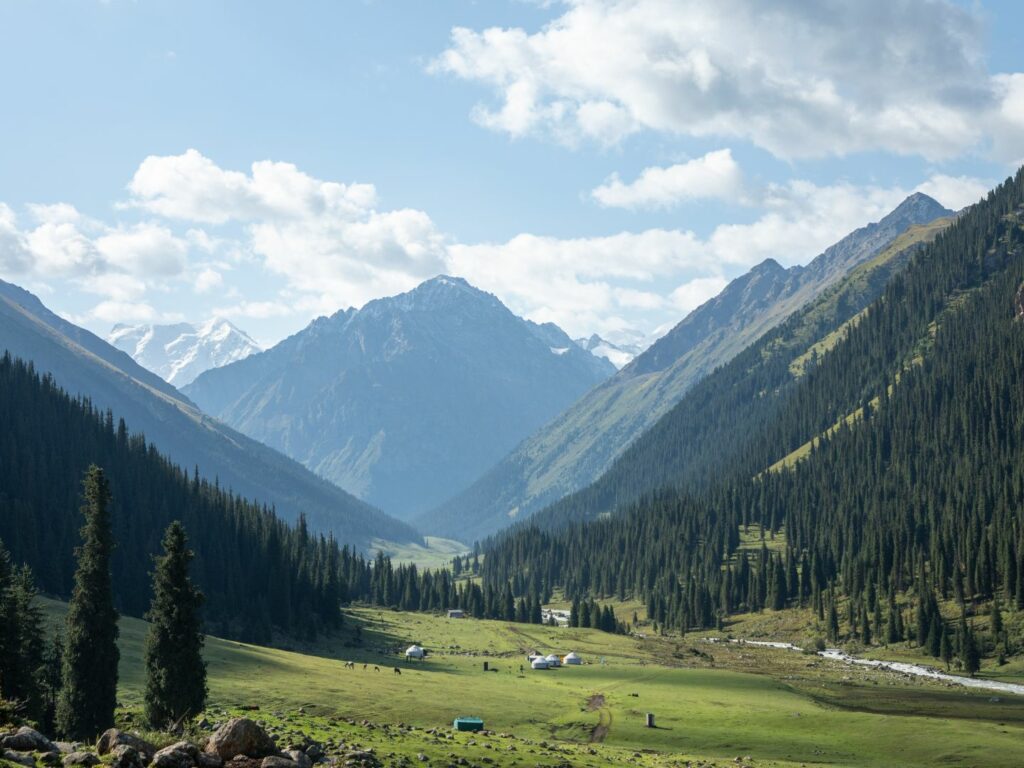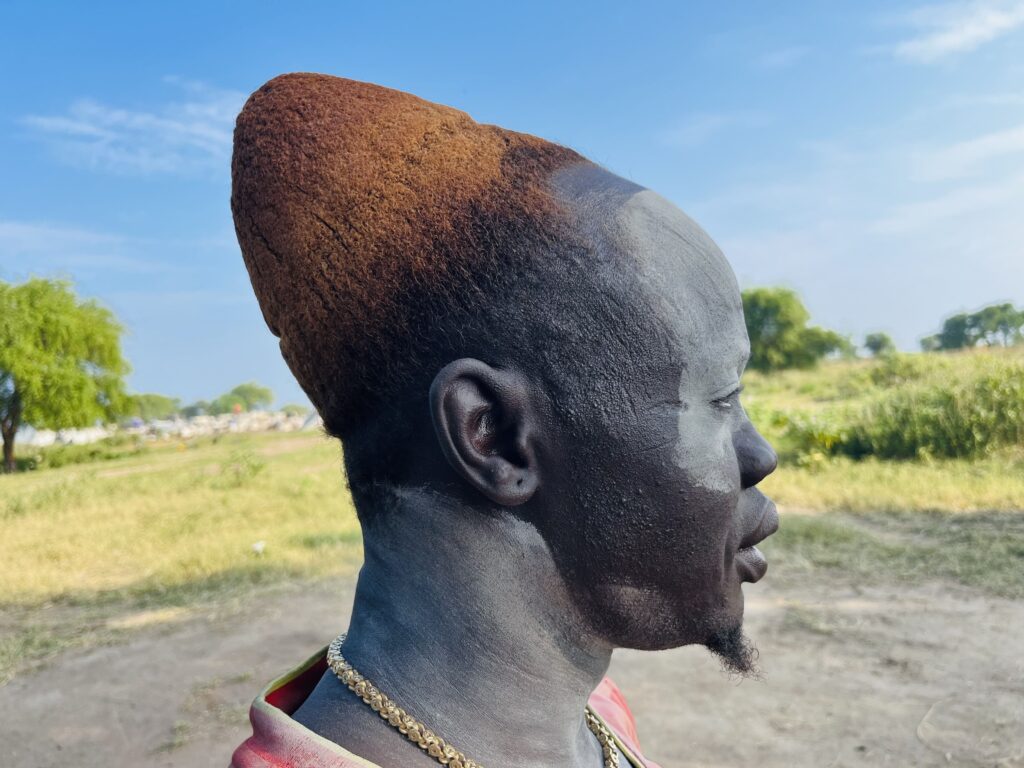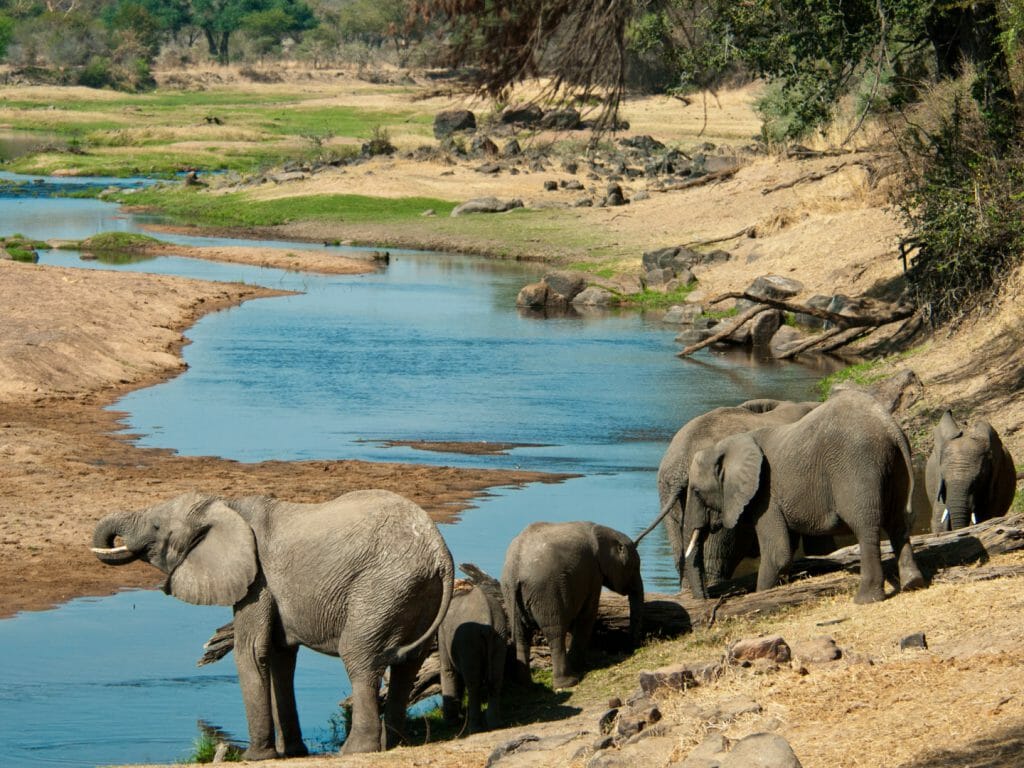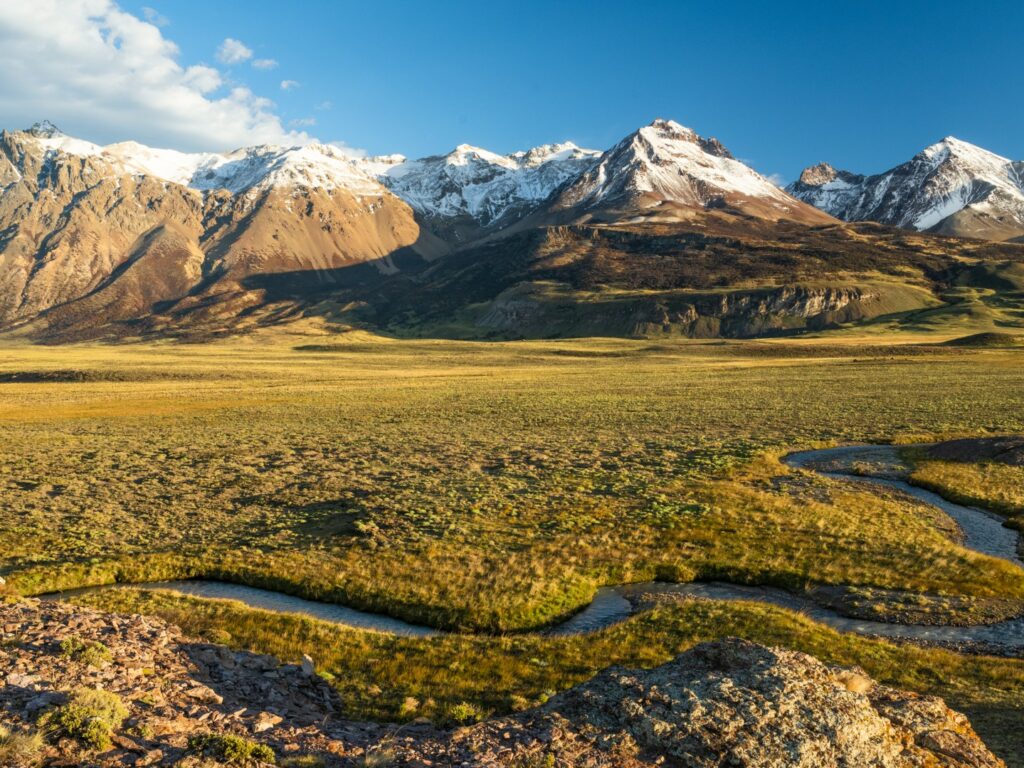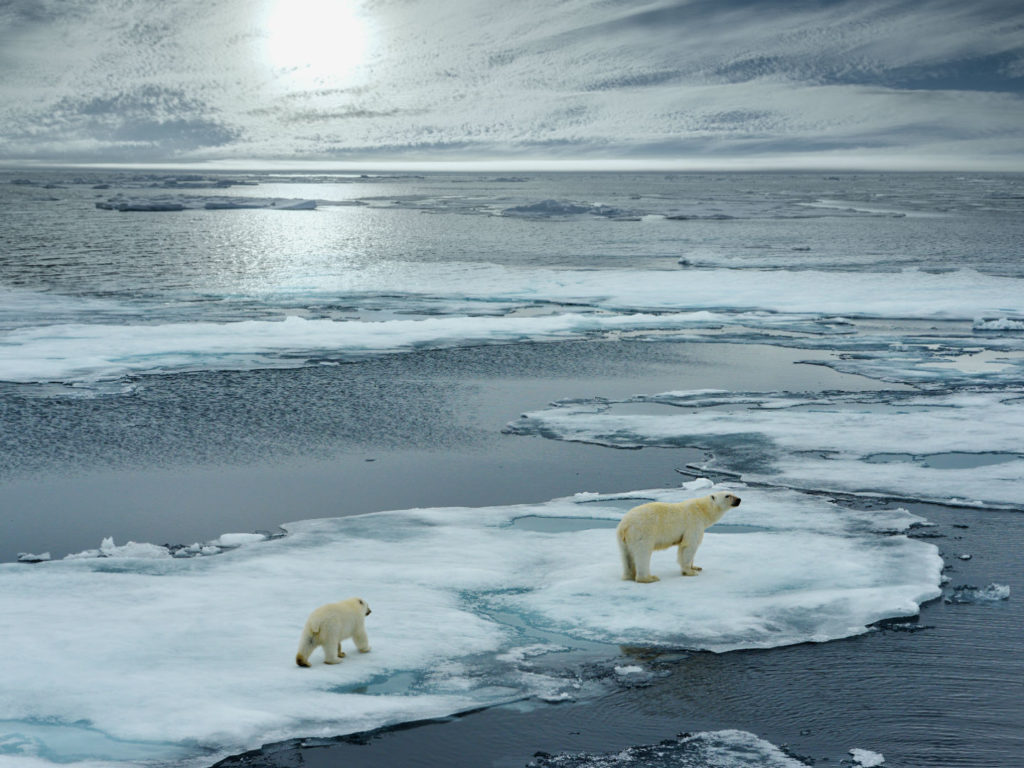I defy anyone who says they didn’t enjoy whale watching, with the possible exception of those who had a big breakfast and are having more than their hearts & mind uplifted by the experience.
If you look and listen to any zodiac full of people who are in the presence of one of the great marine mammals you will see smiling faces and hear plenty of “oohs” and “aahs” as the back arches and tail comes up for the dive and the quintessential money shot. You never forget your first whale, its scale difficult to comprehend even if you have stood alongside the skeleton in the Natural History Museum. These gentle giants are often curious and some will take time out from feeding to come and have a closer look, grey whales even appear to actively seek human company.
There are many places in the world where you can experience whales and I have been lucky enough to have visited the Azores, one of the best and closest. Day trips are great but if you have the time and really want to get to know the cetaceans and their habits then take the time to have a whale focused trip where you will experience different whale behaviours and hopefully a wider range of species.
The Azores are a group of 9 main islands located nearly 1000 miles from the coast of Portugal and in the middle of the migration route of many species. With 27 species known to inhabit these waters, our partners here have encountered 24 of them. I expected a much more barren island but much of Pico is covered in forest with just the slopes of Mount Pico being barren. The roads are lined with azaleas and beige cows are corralled in small fields with curved walks built from the basalt rocks. The whitewashed houses with terracotta tiles remind me of the Caribbean with neat gardens and brightly coloured flowers. Our base for the week was Lajes, a small town on the west coast facing out into the Atlantic, and prime whale-watching waters.
In 1987 shortly after whaling had stopped in the Azores an enterprising Frenchman saw the potential for whale viewing and along with the traditional “Vigia”, João Gonçalves, the whale watching trips were born. The job of the Vigia has been passed through the generations and João’s son continues to scan the seas off Lajes for sightings of whales and dolphins from his vantage point high on the cliffs. This makes for a very high success rate with the species you will see depending on the time of year you visit.
Each day there is a briefing before departure to let us know what wildlife had been sighted by the lookout and also a recap on the species we were likely to see. Kitted up we would head out into the deep blue waters often accompanied by large pods of dolphins as we scanned the waters for the tell-tale blow. Sperm whales are easy to identify as their blowhole is offset so the water sprays at 45 degrees rather than straight up. From a distance they look just like a log bobbing on the surface but as we carefully approached you could see the deep ridges and patterns on the skin. They stay on the surface for around 10 minutes before diving again for around 40 minutes, although dives have been recorded for as long as 2 ½ hours. The guides and drivers showed the animals great respect approaching slowly from the side so as not to interfere with their diving patterns. As the Azores are located on the great Atlantic ridge the seas drop very steeply so the whales are very close to the islands.
Our local partners are also involved in turtle research and licenced to catch and tag them. We were lucky enough to come across one while we were out and the driver skilfully pulled alongside and the guide plucked a rather grumpy loggerhead turtle from the sea and carefully placed him on the side of the rib. With gentle stroking and soothing words it soon calmed down and they speedily took its measurements and tagged its flippers before releasing it. Rather bewildered by the experience it dived beneath the surface and disappeared into the depths, if it is caught again it is most likely to be on the beaches of Florida – but only if it is a female. Turtles are very hard to sex and if it is a male it will remain at sea for the rest of its life travelling on the great sea currents.
After each excursion we returned to base and poured through the identification books to discuss the various species we had seen, learning about their migration and feeding patterns and seeing their distinguishing features. This was far more than just mere observation of marine mammals.



